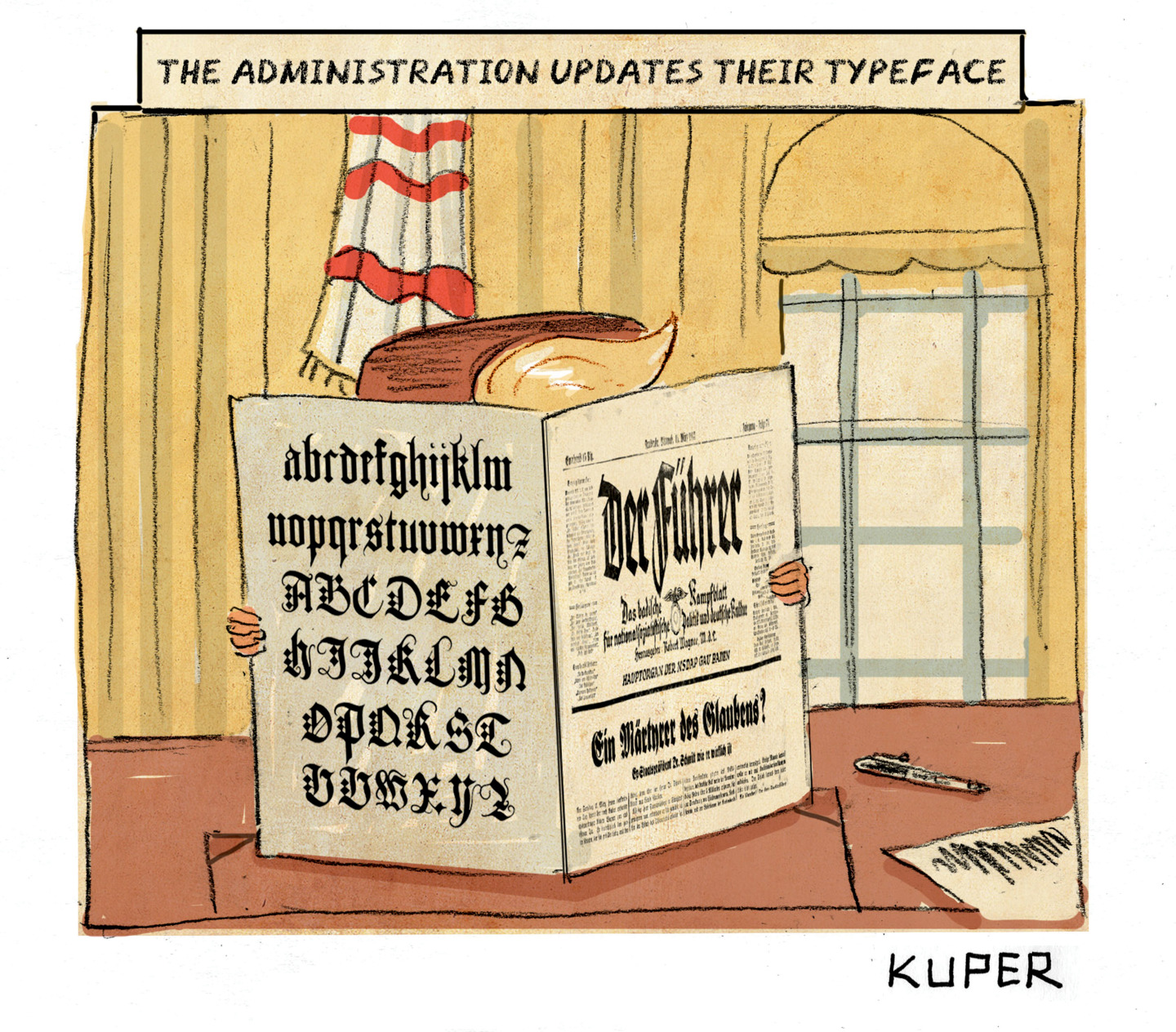How to fix the American trucking industry
It's easy. Pay drivers more.


America's trucking industry employs roughly 3.5 million people, hauls 10.6 billion tons of freight back and forth across the country per year, and brings in $738.9 billion in revenues annually. It is, in some ways, a logistical marvel.
But this is also an industry in crisis.
Few would argue that America's existing trucking industry provides the most efficient way to haul goods all over the country. Much in the same way that if you were starting a constitutional democracy from scratch today you would never decide to implement the Electoral College system, if you were to devise a system for hauling and delivering a variety of goods, many of them perishable, across thousands of miles, you probably wouldn't recommend an army of hundreds of thousands of gas-guzzling, pollutant-emitting, traffic-congesting trucks driven by underappreciated, sleep-deprived, and underpaid men.
The Week
Escape your echo chamber. Get the facts behind the news, plus analysis from multiple perspectives.

Sign up for The Week's Free Newsletters
From our morning news briefing to a weekly Good News Newsletter, get the best of The Week delivered directly to your inbox.
From our morning news briefing to a weekly Good News Newsletter, get the best of The Week delivered directly to your inbox.
But here we are. America's trucking industry may one day be replaced by zippy new freight trains, or giant trucks piloted by AI systems. But for now, we need to fix the system we have, not daydream about a new one.
Truck driving used to be a desirable profession for a certain brand of American man. But almost no one wants to be a truck driver anymore. The industry is already short 50,000 tractor-trailer drivers, and that number could expand to 174,000 by 2026. Look at a wider array of heavier trucks, and the labor shortage could be as big as 270,000. Among other problems, this is constraining shipping routes across the country, adding extra costs to almost everything you buy.
The solution is simple: Raise driver pay.
While trucking is generally considered a high-quality blue-collar job, median pay for truckers is only around $42,000. That's more than $10,000 below the median household income in America. There are truckers who make six-figure salaries, sure, but they are rare. Once you adjust for inflation, pay for truckers has fallen anywhere from 35 to 40 percent over the last four decades.
A free daily email with the biggest news stories of the day – and the best features from TheWeek.com
Bear in mind too, that the economically essential function served by the trucking industry creates a very taxing and tough quality of life for truckers themselves. Being crunched behind the wheel of a truck for 10 hours at a time causes discomfort, illness, and injury. Being gone from home for days or weeks at a time causes all sorts of personal issues.
Truckers deserve to be paid more — a lot more.
The good news is that last week's jobs report did show an uptick in wages. In trucking specifically, compensation finally jumped 10 to 12 percent over the last year, with half of all truckers seeing a pay bump. It's not enough to make up for the 40-year stagnation, but it's a step in the right direction.
There are regulatory issues here too, however. A federal rule from 2004 limits truckers to driving 11 hours in any 14-hour period. From a human well-being standpoint, that's obviously a good thing. But it also lowered the amount of driving any one trucker could do, increasing the number of drivers needed to cover the same amount of routes.
More recent regulations require electronic logging devices in all driving rigs. Before that rule, truckers kept track of their hours manually in paper notebooks. The good news is the new electronic logging rule makes sure the 11-hour limit is adhered to. A 2014 study by the Federal Motor Carrier Safety Administration concluded that using electronic monitoring reduced the total crash rate by 12 percent, and cut violations of the hour rules by half. The bad news is that it's a little Big Brother-ish, and more practically it reduces drivers' flexibility. Sometimes a trucker needs to deal with a traffic jam or drive a little bit further to find a place to sleep.
Finally, there's also a rule that limits truck driving to workers 21 and older, which also cuts into the labor supply. Drivers between the ages of 20 and 34 are only a fifth of the trucking industry, versus almost a third for construction. As America's existing truck drivers age, shouldn't we be encouraging younger drivers — as young as, say, 18 — to get a job in this industry? Driving a big-rig truck is complex — but if you're old enough to fight in a war, surely you're old enough to drive a truck. (There's already a bill in Congress to allow workers 18 and up to become drivers after completing an apprenticeship program.)
Of course, all these rules were put in place to make truck driving a more humane, less grinding industry. This is a good thing! Plenty of truckers enjoy their work, but there's no escaping the long hours on the road, the accompanying health problems, lonely nights in hotels, and long periods away from family. Government regulations that make it better to be a trucker should encourage more Americans to consider a career in trucking.
But the bigger fix is obvious: If your industry can't find enough workers, you need to pay them more. It really is as simple as that.
Jeff Spross was the economics and business correspondent at TheWeek.com. He was previously a reporter at ThinkProgress.
-
 A long weekend in Fontainebleau
A long weekend in FontainebleauThe Week Recommends Less than an hour from Paris, this historic town is perfect for a short break
-
 Political cartoons for December 16
Political cartoons for December 16Cartoons Tuesday’s editorial cartoons include calibrating fonts, Christmas classics, and more
-
 Cryptocurrency and the future of politics
Cryptocurrency and the future of politicsIn The Spotlight From electoral campaigns to government investments, crypto is everywhere and looks like it’s here to stay
-
 The pros and cons of noncompete agreements
The pros and cons of noncompete agreementsThe Explainer The FTC wants to ban companies from binding their employees with noncompete agreements. Who would this benefit, and who would it hurt?
-
 What experts are saying about the economy's surprise contraction
What experts are saying about the economy's surprise contractionThe Explainer The sharpest opinions on the debate from around the web
-
 The death of cities was greatly exaggerated
The death of cities was greatly exaggeratedThe Explainer Why the pandemic predictions about urban flight were wrong
-
 The housing crisis is here
The housing crisis is hereThe Explainer As the pandemic takes its toll, renters face eviction even as buyers are bidding higher
-
 How to be an ally to marginalized coworkers
How to be an ally to marginalized coworkersThe Explainer Show up for your colleagues by showing that you see them and their struggles
-
 What the stock market knows
What the stock market knowsThe Explainer Publicly traded companies are going to wallop small businesses
-
 Can the government save small businesses?
Can the government save small businesses?The Explainer Many are fighting for a fair share of the coronavirus rescue package
-
 How the oil crash could turn into a much bigger economic shock
How the oil crash could turn into a much bigger economic shockThe Explainer This could be a huge problem for the entire economy
